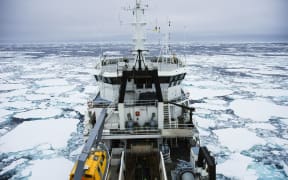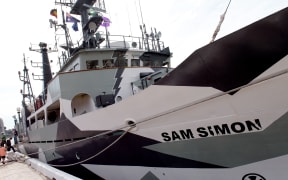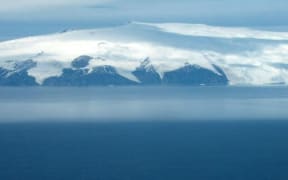Scientists returned home today after six weeks in the Southern Ocean where they spotted more than 80 blue whales and recorded thousands of their low-frequency calls.
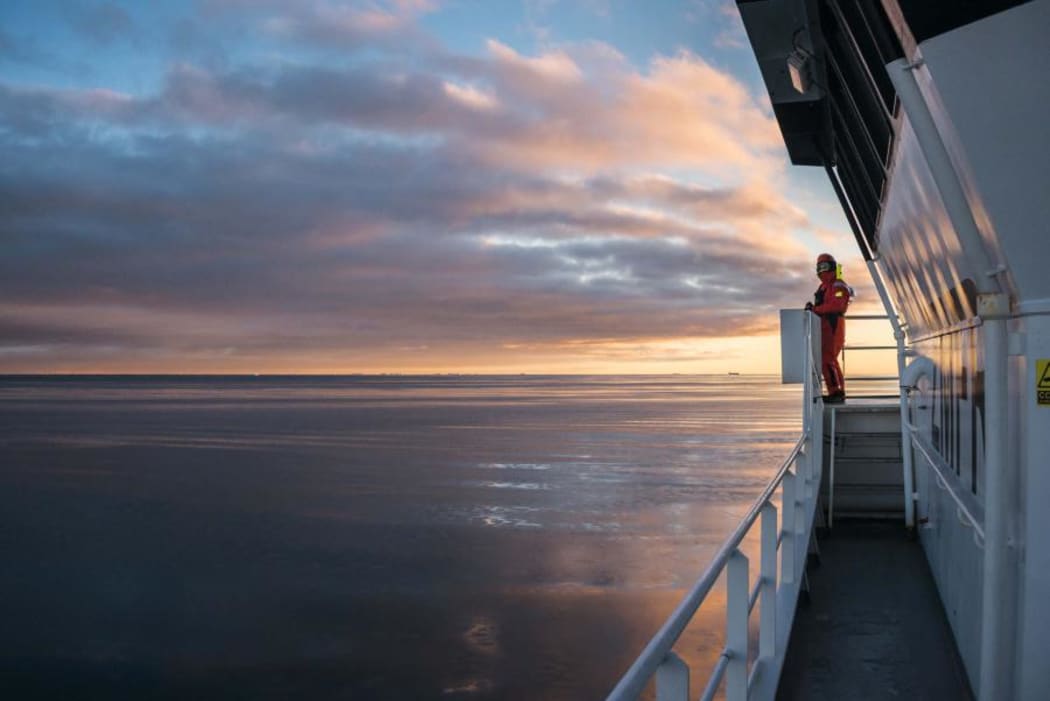
RV Tangaroa in Terra Nova Bay. Photo: Dave Allen, NIWA
The team on the New Zealand-Australia Antarctic Ecosystems voyage, aboard the NIWA deepwater research vessel Tangaroa, tracked top predators such as whales and toothfish, and monitored the ecosystems they depend on.
The expedition returned to Wellington today, with over 500 hours of blue whale song recordings, including more than 40,000 individual calls, and hundreds of specimens of fish and invertebrate creatures, some of which may be new to science.
One of the voyage leaders, NIWA fisheries scientist Richard O'Driscoll, said the focus of the expedition was on creatures at the top of the ocean food chain - including humpback and blue whales and Antarctic toothfish, but the team also surveyed smaller prey species and gathered data to help monitor the Southern Ocean climate.
One of the most exciting discoveries was a 100-strong group of Antarctic blue whales aggregating in a relatively small area in the Ross Sea. Rather than looking for the whales, the team used an underwater sonar detector which can pick up whales' calls from hundreds of kilometres away.
Dr O'Driscoll said the Tangaroa would then move into the area where the calls came from, and on some days they would spot between 15 and 20 of the ocean giants.
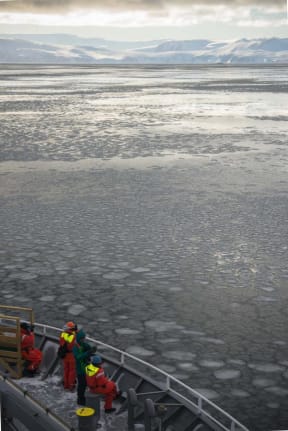
Approaching Terra Nova Bay. Photo: Dave Allen, NIWA
The Australian voyage leader - a scientist at the Australian Antarctic Division - Mike Double, said the song of the blue whale is possibly the loudest sound in nature.
"The whales sing at such low frequencies that it is more like a rumble. You do tend to feel it more than hear it. We think we were detecting them from up to 1000 kilometres away."
Of the 80 to 100 whales in the aggregation, the team managed to photo identify 58 individuals which will now be added to an existing data base to monitor the recovery of the Antarctic blue whale population from commercial whaling.
One of the questions Mike Double would like to answer is why they aggregate in such large groups.
"We think it may be driven by the foraging. We didn't find much krill in our surveys, but when we did find a swarm it was huge and very dense. Maybe this is the kind of habitat that particularly suits the blue whale. They are designed to cover long distances very quickly so they can search very efficiently, and when they find their food they can feed quickly."
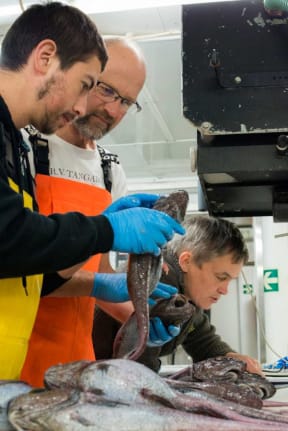
Scientists identify Antarctic fish species on board RV Tangaroa. Photo: Dave Allen, NIWA
After the whale studies, the expedition moved even further south into the Ross Sea to an area where Antarctic toothfish are caught commercially. Dr O'Driscoll said the goal was to study the ecosystem impact of the fishery.
"This trawl survey was about finding out about the abundance and distribution of the species that are the bycatch of the toothfish longline fishery. We were counting and measuring rattails and icefish, which toothfish eat, but which are also caught as bycatch in the fishery."
The team returned with 370 specimen samples, including more than 100 species, some of which have yet to be identified.
"We certainly caught stuff that I haven't seen before and … I'm pretty confident there'll be something new among the stuff we've got."
Since leaving Wellington at the end of January, the expedition has covered 15,000 kilometres on its return trip to the Ross Sea.
Dr O'Driscoll said the research voyage has made a significant contribution to the understanding of food webs in the Southern Ocean.
The voyage was a joint project between Niwa and the Australian Antarctic Division, supported by Antarctic New Zealand and government ministries on both sides of the Tasman.
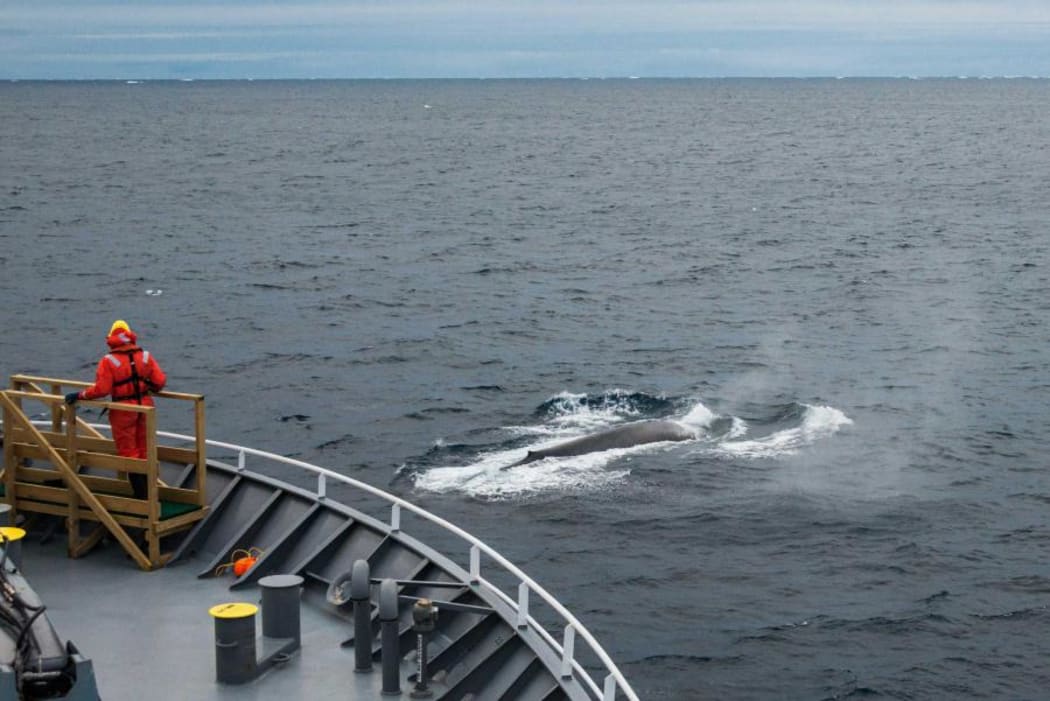
Blue whale sighted in the Southern Ocean. Photo: Dave Allen, NIWA
